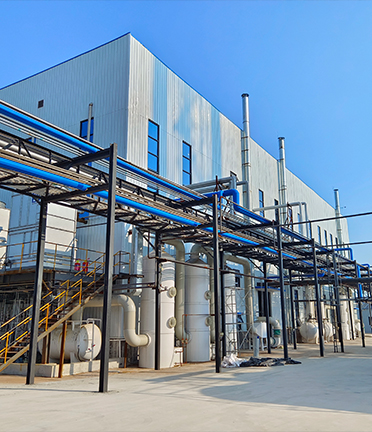polycarboxylic
Polycarboxylic compounds, which contain multiple carboxyl (-COOH) groups, are a significant class of organic molecules used in diverse fields, including chemistry, materials science, and biochemistry. The unique properties of polycarboxylic compounds enable a wide range of applications, from industrial processes to pharmaceuticals and everyday products.
One of the most prominent polycarboxylic acids is citric acid. Found naturally in citrus fruits, citric acid is a key player in the citric acid cycle, a fundamental metabolic pathway that occurs in all aerobic organisms. Its significance in biochemistry is immense, not just for energy production but also for its role as a natural preservative and flavoring agent in the food industry.
In the realm of materials science, polycarboxylic compounds are often used as additives that improve the performance of polymers. For example, polyacrylic acid and its derivatives are utilized in superabsorbent materials, which have applications in products like diapers and feminine hygiene products. These materials have the ability to absorb and retain large quantities of liquid, making them highly effective in various consumer goods.
Another vital use of polycarboxylic compounds can be found in the production of detergents and surfactants. Compounds like sodium polyacrylate help to enhance the cleaning properties of laundry detergents by improving dirt removal and fabric softening. Additionally, polycarboxylates are used as water-reducing agents in concrete, enhancing workability and durability in construction applications.
polycarboxylic

In the pharmaceutical industry, polycarboxylic acids play a critical role in drug formulation. They can be used to modify the solubility and release profiles of active pharmaceutical ingredients (APIs), thereby enhancing the effectiveness of medications. For instance, certain polycarboxylic compounds can form complexes with drugs to improve their stability and bioavailability, ultimately leading to better therapeutic outcomes.
Furthermore, polycarboxylic acids are also utilized in the production of bio-based materials. As the world shifts towards sustainable practices, researchers are exploring the use of renewable resources to create polycarboxylic compounds that can replace petroleum-based products. This shift is not only beneficial for the environment but also opens new avenues for innovation in material design.
Despite their benefits, the handling and disposal of polycarboxylic compounds must be approached with caution. While many are biodegradable and less toxic compared to their linear counterparts, proper management practices are essential to mitigate any potential environmental impact.
In summary, polycarboxylic compounds are versatile molecules with a broad range of applications across various industries. Their role in biochemistry, materials science, and environmental sustainability makes them a focal point for research and development. As innovation continues to drive progress in these fields, understanding and harnessing the properties of polycarboxylic compounds will be crucial for future advancements.
-
lk-319-special-scale-and-corrosion-inhibitor-for-steel-plants-advanced-solutions-for-industrial-water-systemsNewsAug.22,2025
-
flocculant-water-treatment-essential-chemical-solutions-for-purification-processesNewsAug.22,2025
-
isothiazolinones-versatile-microbial-control-agents-for-industrial-and-consumer-applicationsNewsAug.22,2025
-
scale-inhibitor-key-solutions-for-water-system-scale-preventionNewsAug.22,2025
-
organophosphonates-versatile-scale-inhibitors-for-industrial-water-systemsNewsAug.22,2025
-
scale-and-corrosion-inhibitor-essential-chemical-solutions-for-water-system-maintenanceNewsAug.22,2025





